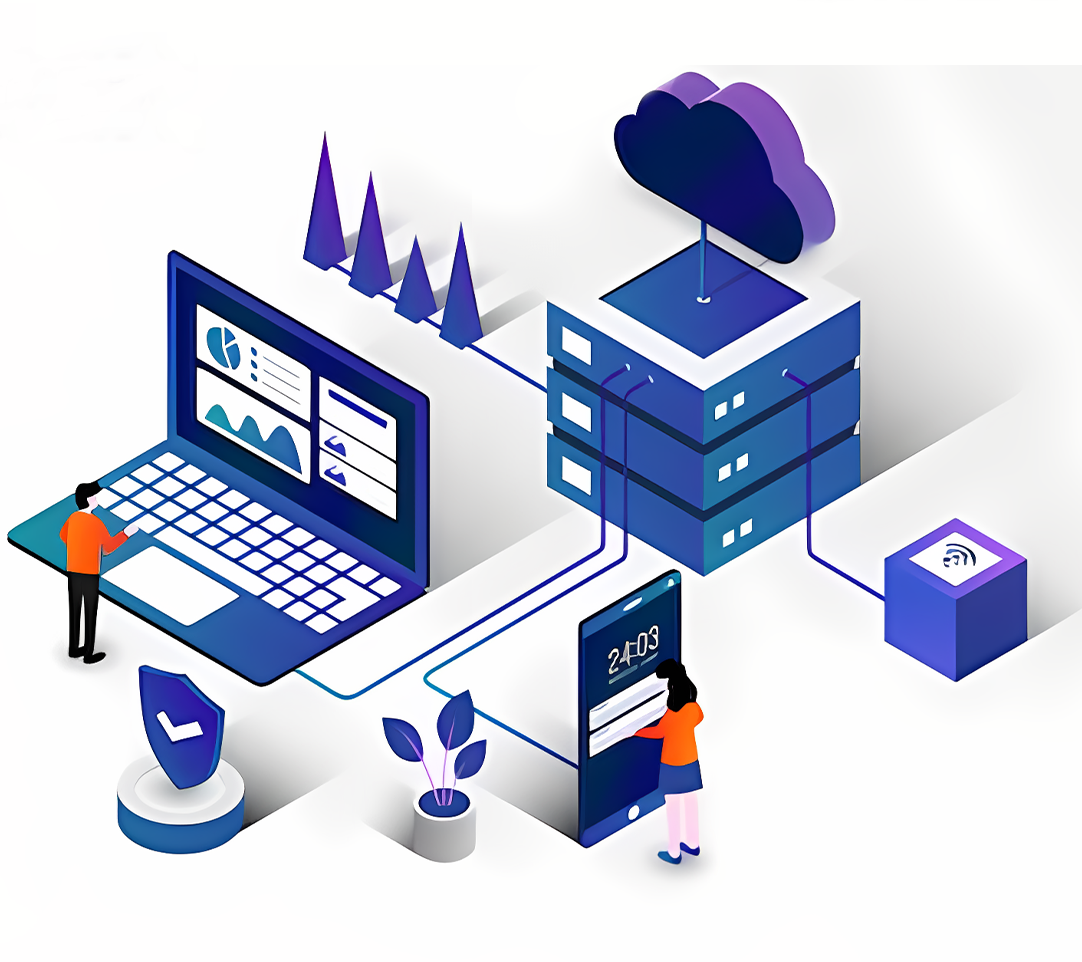Build, operate, accelerate growth with minimized risk.
In Technet Build-Operate-Transfer (BOT) model is a strategic outsourcing approach that allows businesses to establish and scale their operations with minimal risk and investment. This model is ideal for companies looking to set up an offshore or nearshore development center while maintaining long-term control over the operations. The BOT model enables organizations to leverage the expertise of an experienced outsourcing partner to build and manage a dedicated team before transferring full ownership once the process is well-established. In Technet Build-Operate-Transfer approach enables clients to rapidly start offshore operations and later take ownership of the Offshore Development Center (ODC) as their own subsidiary.
In the Build phase the outsourcing provider sets up the infrastructure, recruits skilled professionals, and establishes workflows based on the client’s requirements. This step ensures that the development center aligns with the company’s goals, operational standards, and security protocols. By relying on an experienced partner, businesses can minimize the risks and time associated with setting up a new facility from scratch.
During the Operate phase the outsourced team begins working on the assigned projects while the provider manages day-to-day operations, including HR, IT support, administration, and compliance. The focus here is on optimizing performance, streamlining processes, and ensuring a smooth workflow. The client maintains visibility and control, receiving regular updates and reports while the outsourcing partner ensures efficiency and high-quality output.
Finally, in the Transfer phase full ownership of the development center, including resources, employees, and infrastructure, is handed over to the client. This transition is carefully planned to ensure minimal disruption to operations. By this stage, the company has a fully functional and self-sustaining development center, ready to operate independently. The BOT model provides an efficient way to expand globally, access top talent, and establish a long-term presence in strategic locations while reducing operational risks.





